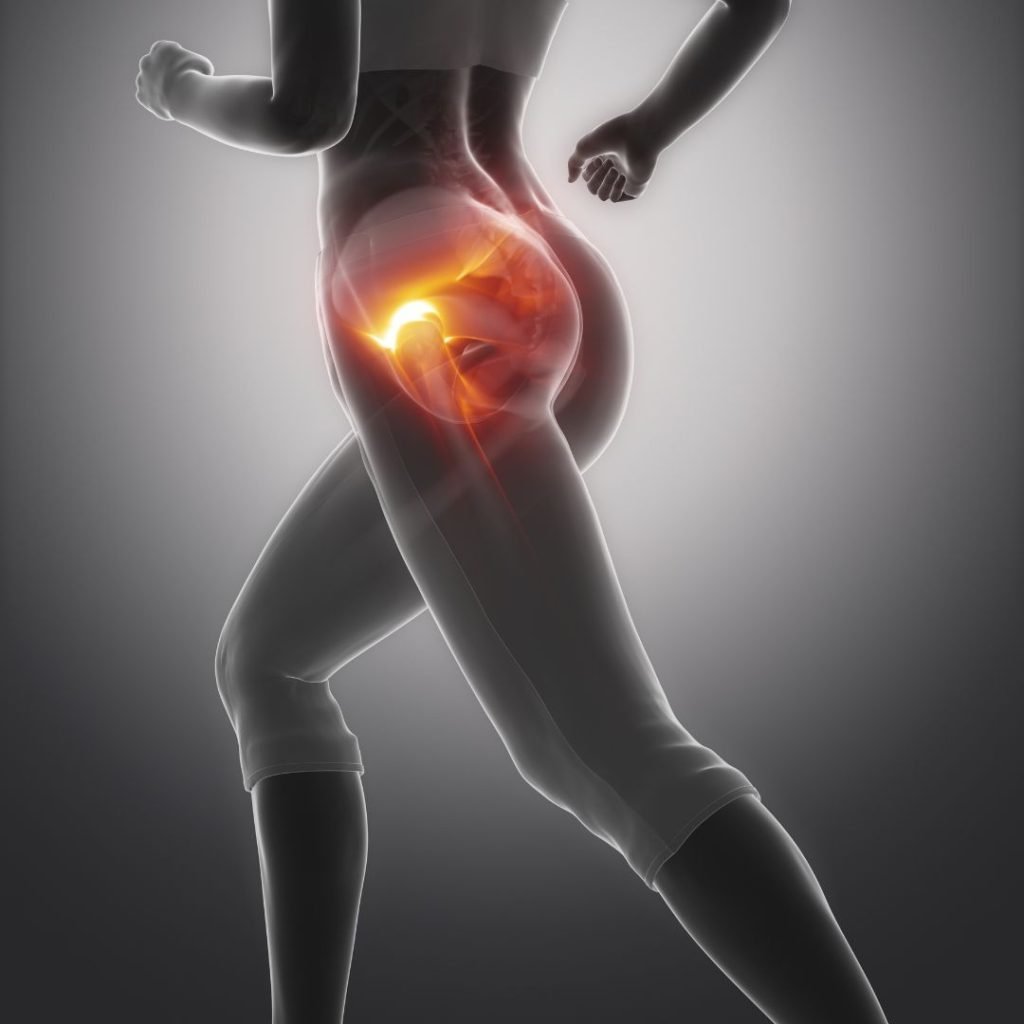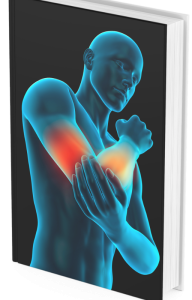Hip Pain: A Comprehensive Guide for Optimal Joint Health
Hip Pain Causes and Effects
Hip pain is a common yet often misunderstood ailment that affects individuals of all ages and lifestyles, hindering their ability to perform daily activities with ease. Whether it stems from an injury, medical condition, or general wear and tear on the joints, hip pain can significantly impede one’s quality of life if left unaddressed. In order to achieve optimal joint health and effectively manage hip pain, it is crucial to have a comprehensive understanding of its causes, symptoms, and treatment options. This comprehensive guide aims to shed light on the complexities of hip pain while providing valuable insights into how you can effectively manage and alleviate discomfort for improved mobility and overall well-being.
Common Causes of Hip Pain
Hip pain can have a variety of causes, ranging from acute injuries to chronic conditions. One common cause of hip pain is osteoarthritis, a degenerative joint disease that occurs when the cartilage in the hip joint wears down over time. This can lead to inflammation and pain in the hip area. Another common cause of hip pain is bursitis, which is the inflammation of fluid-filled sacs called bursae that cushion the joints. When these bursae become inflamed, usually due to repetitive motions or excessive pressure on the hips, it can result in significant discomfort.
Injuries are also frequent culprits behind hip pain. A strained or pulled muscle around the hips can cause discomfort and limited mobility, particularly during activities such as running or playing sports. Fractures or dislocations resulting from accidents or falls may also lead to severe hip pain and require immediate medical attention.
It is worth noting that certain underlying medical conditions like tendinitis, hernias, referred lower back pain, and even some forms of cancer can radiate symptoms into the hips causing notable discomfort as well. Identifying these specific causes plays a crucial role in effectively managing and treating hip pain for improved quality of life.
Signs and Symptoms
Signs and symptoms of hip pain can vary depending on the underlying cause, but commonly include discomfort or pain in the hip joint or surrounding areas. Individuals may experience a dull ache, sharp stabbing pain, or a burning sensation in the hip region. Pain can be felt during various activities such as walking, sitting for prolonged periods, climbing stairs, and even at rest.
In addition to pain, other signs and symptoms that may accompany hip pain include limited range of motion or stiffness in the hip joint. This can make it difficult to perform simple tasks like tying shoelaces or bending down. Swelling and tenderness around the hip area are also common indications of an underlying issue. Additionally, individuals may notice clicking sounds or a grinding sensation when moving their hips.
It is important to note that some people may experience referred pain from other parts of the body which manifests as discomfort in the hip region. It is advisable to consult with a healthcare professional for an accurate diagnosis if you are experiencing persistent hip pain along with any associated symptoms mentioned above.
Diagnostic Tests
Diagnostic tests play a vital role in identifying the underlying causes of hip pain. One common test used for this purpose is an X-ray, which provides detailed images of the bones and can help diagnose conditions such as fractures, arthritis, or structural abnormalities. X-rays are particularly useful for ruling out certain conditions and guiding further diagnostic steps.
Another valuable diagnostic tool is magnetic resonance imaging (MRI). Unlike X-rays, MRIs use powerful magnets and radio waves to generate detailed images of soft tissues within the hip joint, including tendons, muscles, ligaments, and cartilage. This allows healthcare professionals to assess any damage or inflammation that may be contributing to hip pain. MRI scans are especially helpful in diagnosing labral tears or identifying tumors.
In some cases where more precise visualization is needed, computed tomography (CT) scans may be ordered. CT scans provide three-dimensional views of both bones and soft tissues by taking cross-sectional x-ray images from different angles. This type of imaging can help assess complex fractures or identify possible causes of unexplained hip pain not apparent on other tests.
It is worth noting that while these tests are essential for diagnosing hip pain accurately; they should always be interpreted in conjunction with a thorough clinical evaluation by a qualified healthcare professional to ensure an accurate diagnosis.
Is it my low back pain that is causing my hip pain?
Hip pain is a multifaceted condition that can be caused by various factors, one of which is low back pain. The interconnectedness of the muscles and joints in the hip and lower back mean that issues in one area can often affect the other. When an individual experiences low back pain, it can radiate to the hip region, resulting in discomfort and limited mobility.
The relationship between low back pain and hip pain can be attributed to nerve compression or irritation stemming from spinal problems such as herniated discs or muscle imbalances. In some cases, weak core muscles or poor posture may also contribute to both low back and hip pain. Therefore, thoroughly assessing the root cause of a patient’s symptoms is essential for accurate diagnosis and treatment planning.
Understanding whether your low back pain is causing your hip pain requires professional medical evaluation since these conditions often overlap in their presentation. Seeking guidance from healthcare professionals such as physical therapists or orthopedic specialists will help determine if there are any structural abnormalities impacting both regions simultaneously, enabling them to develop a personalized treatment plan tailored to address individual needs effectively
Non-Surgical Treatment Options for Hip Pain
Hip pain can be a debilitating condition, but fortunately, there are non-surgical treatment options available to help manage and alleviate the discomfort. One common approach is Osteopathy, which involves targeted exercises and stretches to improve strength, flexibility, and mobility in the hip joint. Physical therapists may also use modalities such as heat or cold therapy. Increased mobility is usually felt quickly, and a reduction of pain normally ensues in the next few days.
Acupuncture and Trigger Point treatment is another strong modality used getting results quickly often in the same session where an immediate reduction in pain is often noticed.
Another non-surgical option for hip pain is medication management. Over-the-counter pain relievers like paracetamol or nonsteroidal anti-inflammatory drugs (NSAIDs) can help reduce inflammation and provide temporary relief. However, it is important to follow the recommended dosage guidelines and consult with a healthcare professional before starting any new medication regimen.
Lifestyle Modifications for Hip Pain Management
Lifestyle modifications can play a crucial role in managing hip pain and improving joint health. Maintaining a healthy weight is one of the most important lifestyle changes to consider, as excess weight puts additional stress on the hip joints. Regular exercise is also essential, but it’s important to choose low-impact activities that minimize strain on the hips, such as swimming or cycling.
In addition, proper posture and body mechanics are vital for reducing hip pain. Paying attention to how you sit, stand, walk, and move can help alleviate stress on the hips and promote better alignment. It may be helpful to work with a physical therapist who can provide guidance on correct posture and body mechanics specific to your condition.
Lastly, making dietary adjustments can also contribute to managing hip pain. Consuming an anti-inflammatory diet rich in fruits, vegetables, whole grains, and lean proteins may help reduce inflammation in the joints. Avoiding processed foods high in sugar and unhealthy fats is also recommended for overall joint health. Tumeric an anti inflammatory herb can also be useful
By implementing these lifestyle modifications alongside appropriate medical treatments or therapies prescribed by healthcare professionals, individuals with hip pain can take significant steps towards achieving optimal joint health and enhancing their quality of life.
Exercises and Physical Therapy for Hip Pain Relief
and physical therapy play a crucial role in relieving hip pain and improving joint health. These interventions can help strengthen the muscles surrounding the hip joint, increase flexibility, improve range of motion, and promote proper alignment of the hips. By targeting specific muscle groups such as the glutes, quadriceps, hamstrings, and hip abductors/adductors through targeted exercises, individuals can alleviate pressure on the hip joint and reduce pain.
Physical therapy for hip pain often involves a combination of stretching exercises, low-impact aerobic activities (such as swimming or cycling), strength training exercises using resistance bands or weights, and balance training to enhance stability. The goal is to build strength in weak muscles while providing support to damaged tissues.
Regular participation in these prescribed exercise programs not only helps manage current hip pain but also reduces the risk of future injuries by improving overall joint health. It is important for individuals with hip pain to work closely with their healthcare providers or licensed physical therapists who can develop personalized exercise plans tailored to their specific needs and goals.





